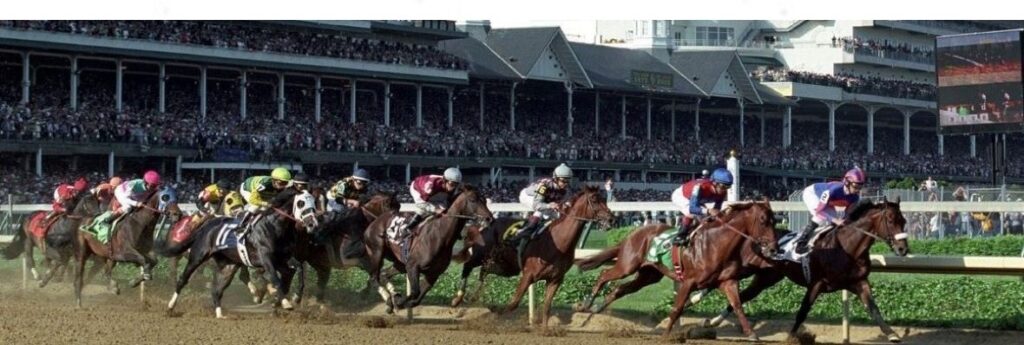It’s Derby week and the eyes of avid horse racing fans – and even many who aren’t – will be on Louisville, home of Churchill Downs and the Kentucky Derby, this Saturday (May 4) when the race celebrates its historic 150th running. Yet there’s more to Louisville than horses, from bourbon to boxing and bluegrass to baseball and Hot Browns, helping make Kentucky’s biggest city a diverse and largely undiscovered gem – and guaranteeing that visitors will be off to the races no matter when they go.
Considered the most northern “southern” city in the US, here are just a few reasons why “lou-ah-ville” is a year-round destination beyond Derby Day – and that ain’t no load of horse hockey!
Churchill Downs/Kentucky Derby Museum
Home of famed race known as the “Run for the Roses” and “the greatest two minutes in sport,” America’s most historic and famous thoroughbred racetrack was established in 1874 and is the oldest continually operated racetrack in the US. It can be visited year-round and, in fact, runs about public 80 races a year. Regular and VIP tours of Churchill Downs give visitors a glimpse behind the scenes, including up-close views of the famous twin spires (a US national landmark), “millionaires row,” and a 4,000-piece hand-blown glass sculpture dedicated to Princess Diana. The venue completed a $200-million renovation this year in time for its 150th anniversary.
The accompanying Kentucky Derby Museum captures the pride, tradition, and excitement of the Kentucky Derby and features a 360-degree video presentation of the “greatest race” in all its pageantry.
Muhammad Ali Centre
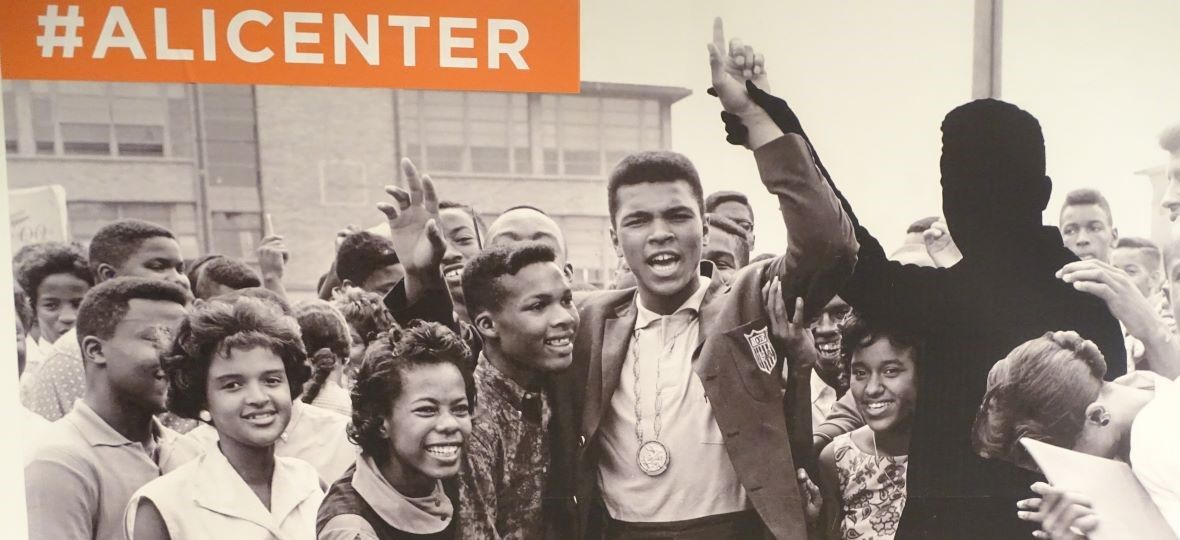
A comprehensive tribute to the world’s the most famous boxer – and arguably at one point, person – who was born in Louisville and of whom Louisville mayor Greg Fischer says, “He’s a big part of who we are; we love him.” The centre naturally focusses on the career of “the Greatest,” but also his outsized humanitarian efforts. Visitors to the Centre are able shadow box with the champ, watch legendary boxing clips in a model ring, and be inspired by his altruistic ideals.
Ali is buried at Cave Hill cemetery (alongside fellow celebrity Col. Harland Sanders), which is one of many city sights associated with the Louisville native – including his childhood home, Colombia Gym, and Freedom Hall (first fight), that attract thousands of visitors every year from around the globe.
Louisville Slugger Museum and Factory
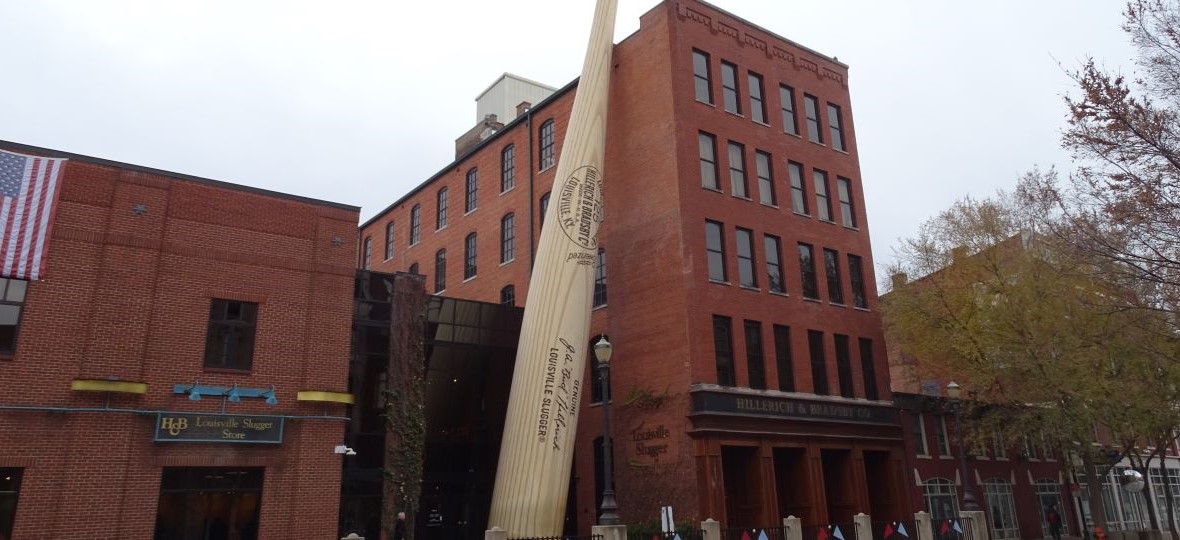
A guided tour through the world’s most famous baseball bat factory reveals the process behind how the bats used by modern baseball players are made. Visitors can handle the bats – including those of Blue Jay Vladimir Guerrero – face down a 90-mph fastball and count the home run notches Babe Ruth carved into his Louisville slugger, all while taking a trip through baseball history. The venue, on the main street in downtown, is the easiest attraction in Louisville to find thanks to its giant baseball bat – the world’s largest – which measures 36 m. and weights 31,000 kg. – outside the front door.
Whiskey Row
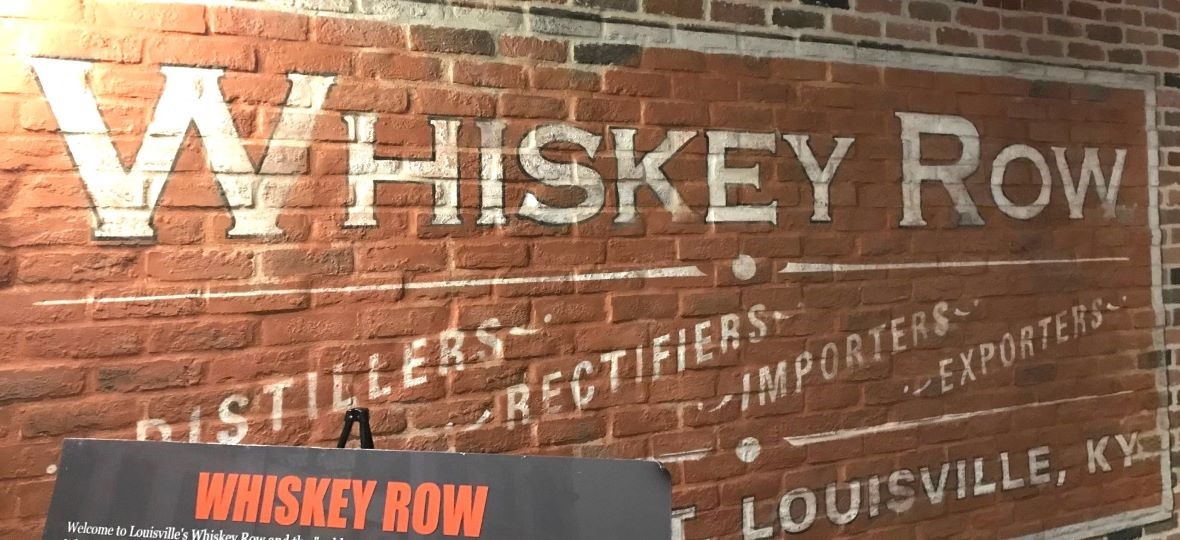
The epicentre of Kentucky’s bourbon industry and dubbed “the walkable Napa Valley of bourbon,” Louisville’s distilling heritage dates back to the 1780s. However, 2023 marked only a decade since the opening of the Evan Williams Bourbon Experience, the city’s first visitor-friendly bourbon attraction. Since then, Louisville has undergone a spirited renaissance, seeing bourbon-themed hotels, festivals, restaurants, and more than a dozen additional distilleries and attractions open within the city limits.
The last year saw the addition of four new tasting rooms and retail stores including Castle & Key 502, Buzzard’s Roost Whiskey Row Experience, Bardstown Bourbon Company, and an expanded Bourbon Barrel Foods, offering demonstrations and tastings; and The Last Refuge a new restaurant, whiskey bar, and live music venue inside a 150-year-old church led by singer-songwriter Bob Dylan. Several more venues are on the way in 2024. (A Welcome Centre for the Kentucky Bourbon Trail is located on the first floor of the Frazier Museum).
For an even deeper dive in bourbon culture, Bardstown, home to nearly a dozen distilleries, and Shepardsville (the Jim Bean Distillery) are less than an hour’s (designated) drive down the road.
Brown Hotel
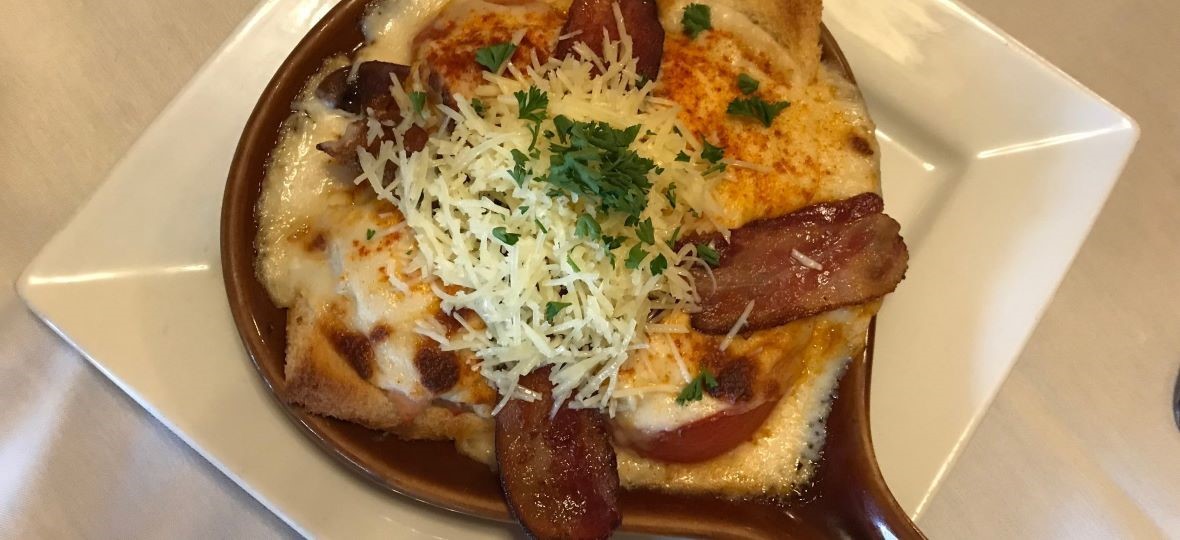
Food is fabulous in Louisville with such local favourites as fried chicken, Derby Pie, beer cheese and Kentucky burgoo (stew), but the most famous is the Hot Brown, an open-faced hot turkey, bacon, cheese, and tomato sandwich served in a skillet. And the best place to get one is the place where it was first introduced in 1926 – the historic century-old Brown Hotel. “A lot of people have their own version but our claim to fame is that we have the original recipe – and it’s that good,” says a hotel exec.
The hotel itself is worthy of a visit on its own, featuring a 2nd-floor lobby built in 1923 to avoid streetcar noise, bank teller reception windows, hand plaster relief ceiling, Muhammed Ali suite (with memorabilia), and rooftop view. “Almost everything you see here is as our guests would have seen it (a century) ago,” says the hotel’s official historian, Marc Salmon.
‘Lougrass’
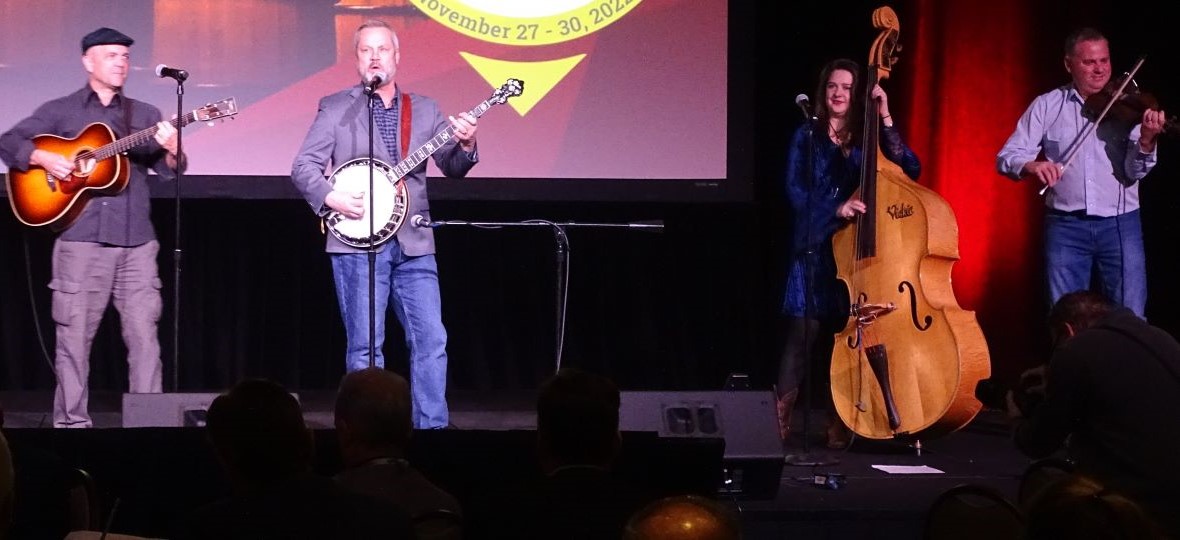
Hailing from the Bluegrass State of Kentucky, Bill Monroe is highly regarded as the father of American Bluegrass, as he and his band, Bill Monroe and the Blue Grass Boys, helped spread the musical genre across the South back in the 1930s. Nearly a century later, Bluegrass music is seeing a revival in Kentucky’s largest city with live performances gracing some of the city’s hottest bourbon bars and music venues.
Performances often incorporate contemporary music and sound into the classic Bluegrass music genre, creating a microgenre coined as “LouGrass.” And now visitors and locals alike will be able to experience live Bluegrass music for free, every weekend, through the end of October. A full schedule of performances can be found at GoToLouisville.com/LouGrass.
To get even more in tune with the bluegrass scene, it’s two hours to Owensboro, home of the Bluegrass Hall of Fame – itself less than an hour from Monroe’s homestead in Rosine, which has been restored and is open for tours.

